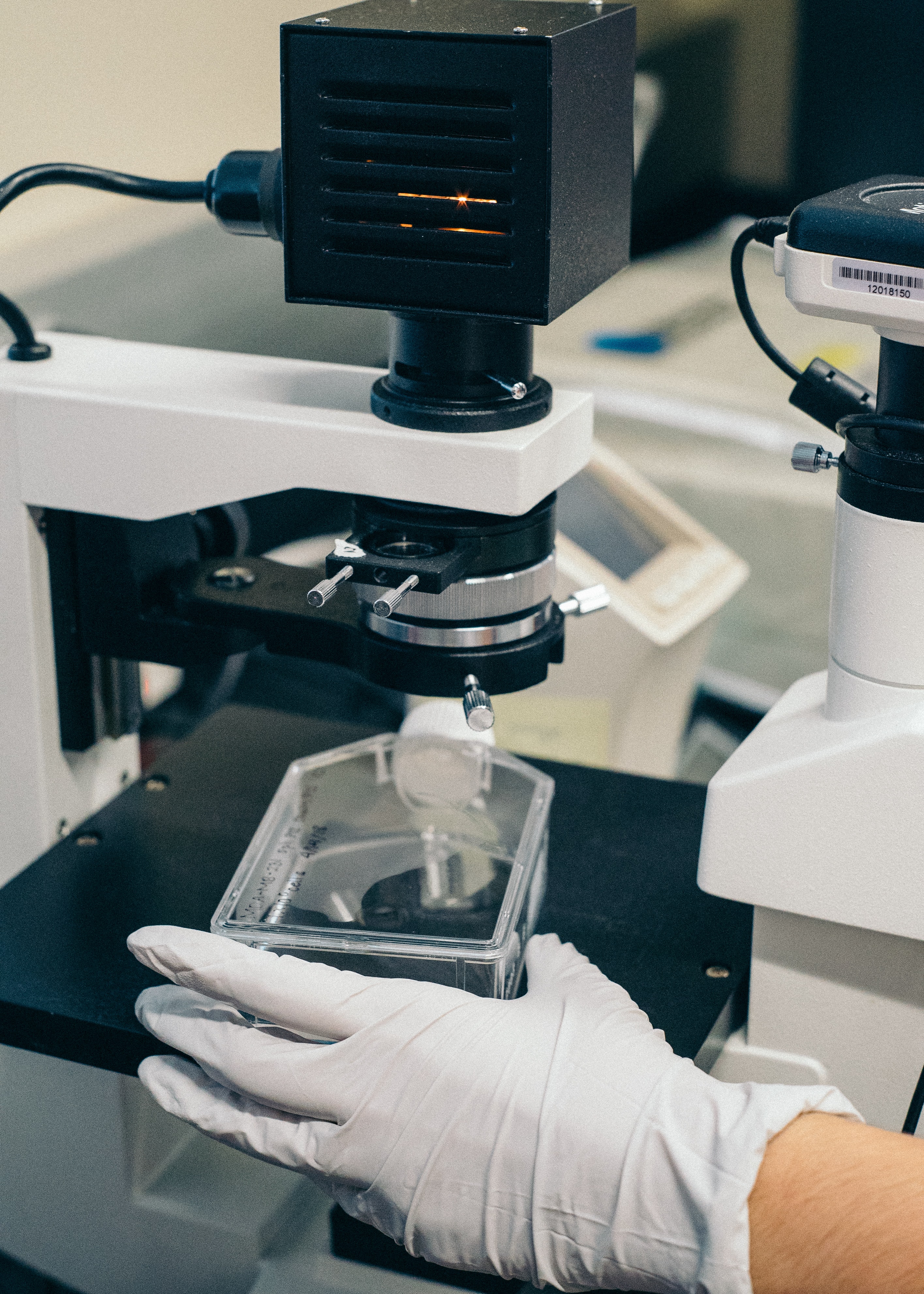Biological detective work - genetic engineers' signatures
Genetic Engineering Attribution will not only ensure that bioengineers get due credit for their work, but also make it far easier to hold rogue bioengineers accountable.
Oliver Crook, Todd-Bird Junior Research Fellow here at New College, was part of a team that analysed the results of a recent public Genetic Engineering Attribution Challenge, seeking to advance the field. The team has just released a preprint of their findings.
Oliver, one of the co-authors of the preprint, summarised the project for us:
'Genetic engineering is becoming more commonplace, and designers of those genetic sequences leave hallmarks in their work. We sought to find out what signatures genetic engineers left in their work. This allows us to ask the question: "Where might this genetic sequence have been engineered?" Answering this question effectively will not only make sure designers get credit for their work, but potentially also hold rogue engineers to account. It turns out the using AI, we can detect "fingerprints" in genetically engineered sequences and thus predict the lab of origin of that sequence. The best performing methods we analysed were able to get the correct answer 95% of the time if we allowed those methods 10 guesses.'

